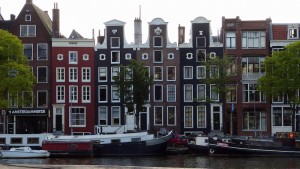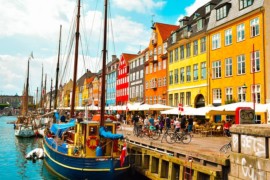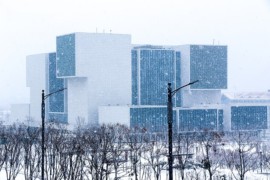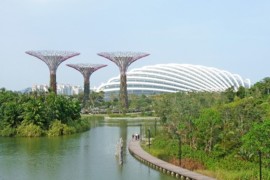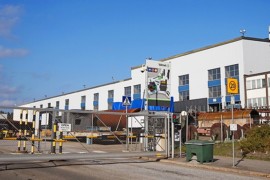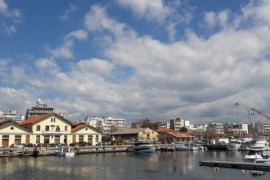Continuing our tour of Europe, following on from Helsinki and Gothenburg, DHC News takes you to discovery the heating network of the capital of the Netherlands, Amsterdam. The city’s District heating network, currently powered by heat from a treatment and recycling plant of household waste, will be the focus of a major new project in the coming months.
Amsterdam in brief
Amsterdam is the capital and most populous city of the Netherlands – even if the seat of government and many of the country’s institutions are located in the municipality of The Hague. “The dam on the river Amstel” (the meaning of the name Amsterdam) has nearly 800,000 inhabitants within the city limits, and counts 1.35 million people in its greater urban community.
Its climate is oceanic and heavily influenced by its proximity to the North Sea. The winters are not too harsh: the average temperature in January is 3.4 ° C and night temperatures rarely descend below -5 ° C. However, rainfall is frequent between October and March. The average summer temperature is around 22 degrees.
A heating network with high objectives
The Amsterdam heating network is currently based mainly on the principle of cogeneration. In this process, heat is recovered from a waste treatment and recycling plant. This system will now, however, be subject to several adjustments. The City-Zen project has been launched in the Dutch capital – just as it has in Grenoble in France. The project has three major objectives:
- design more effective collaborative models and methodology to develop “smart cities”;
- connect with the industry sector to encourage the use of innovative technologies;
- develop ambitious pilot projects.
In Amsterdam, this will be carried out by developing a more intelligent heating network, whose production will adapt to the real-time consumption of the connected buildings. The goal of the project? Saving some 30 000 tonnes of CO2 per year, equivalent to the consumption of 3000 households.
The waste treatment and recovery plant should soon be operational. New heat sources will be connected to the district heating network, such as solar collectors capable of producing heat – outside of rainy days. In addition, heat recovery from the waste water network will be stored underground. Finally, the same system will be installed for air conditioning. The city has planned to install a cooling network in the business district of the city which will supply 300 homes.
Using data centres wisely?
This is not the only ongoing project in Amsterdam, as at the University, a heating system using the heat produced by computers is being tested. The campus currently shares its premises with the Equinix data centre operator. This solution is under review over the next few years and could be extended to other sites located near data centres.
By 2025, Amsterdam aims to reduce CO2 emissions by 40% compared to early 1990s levels. The city will then have, as is so often the case in Northern Europe, a modern, efficient and accountable heating network.
Image source: Flickr (Mariano Mantel)


